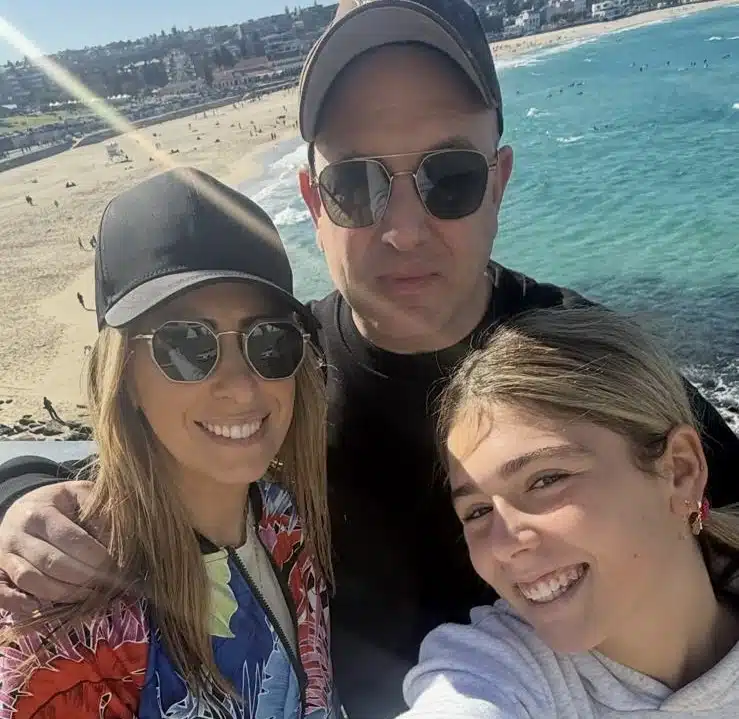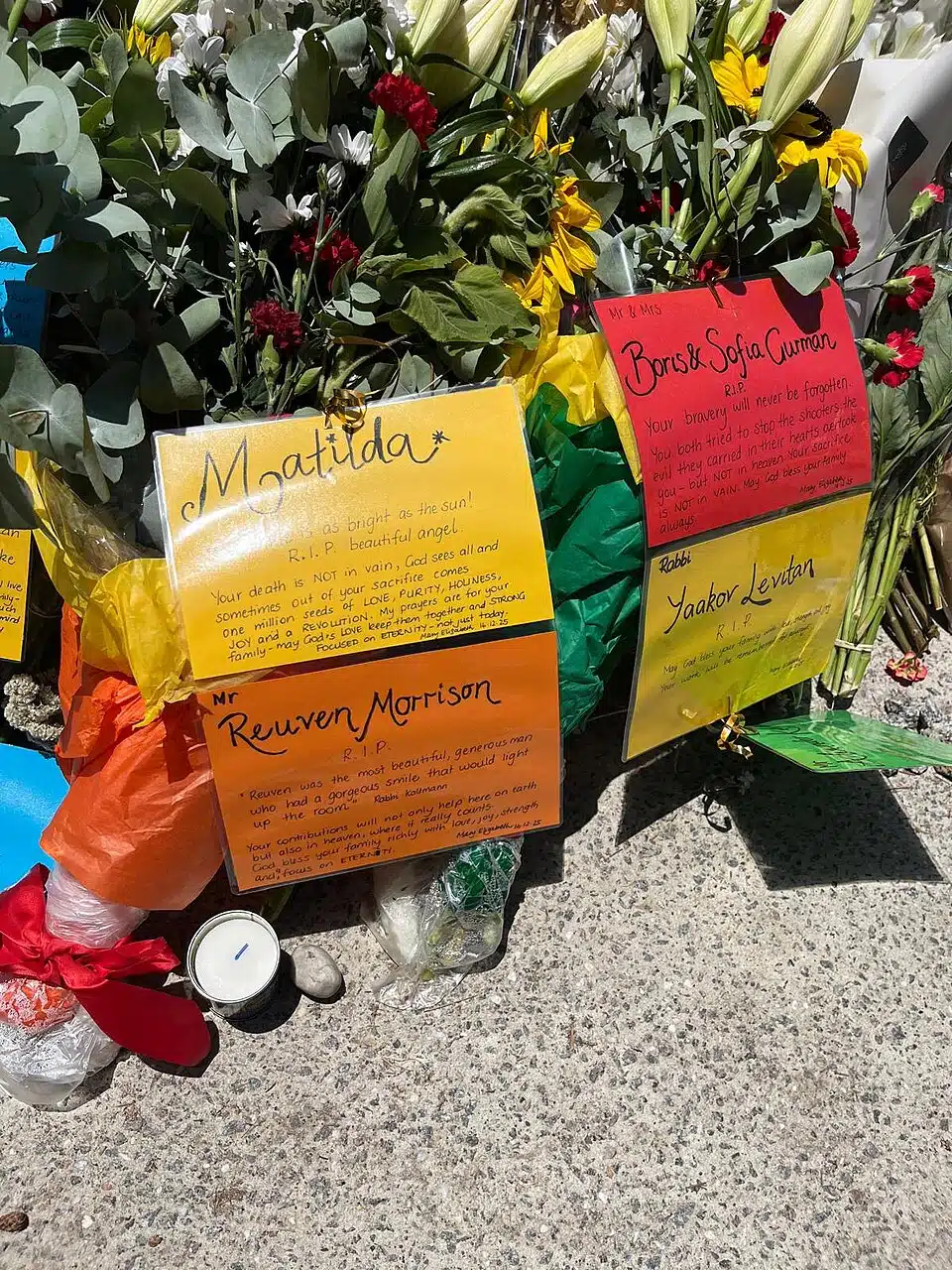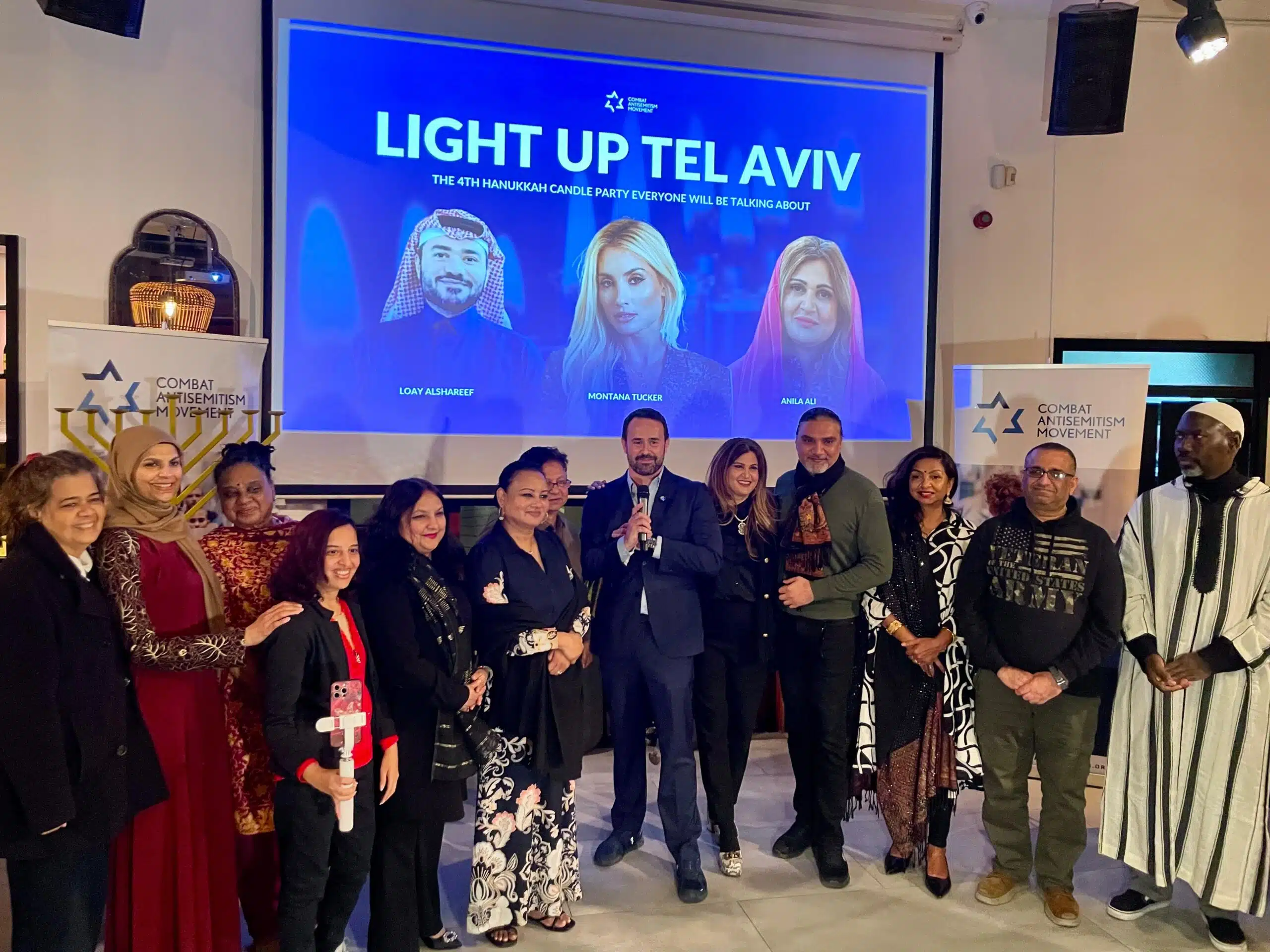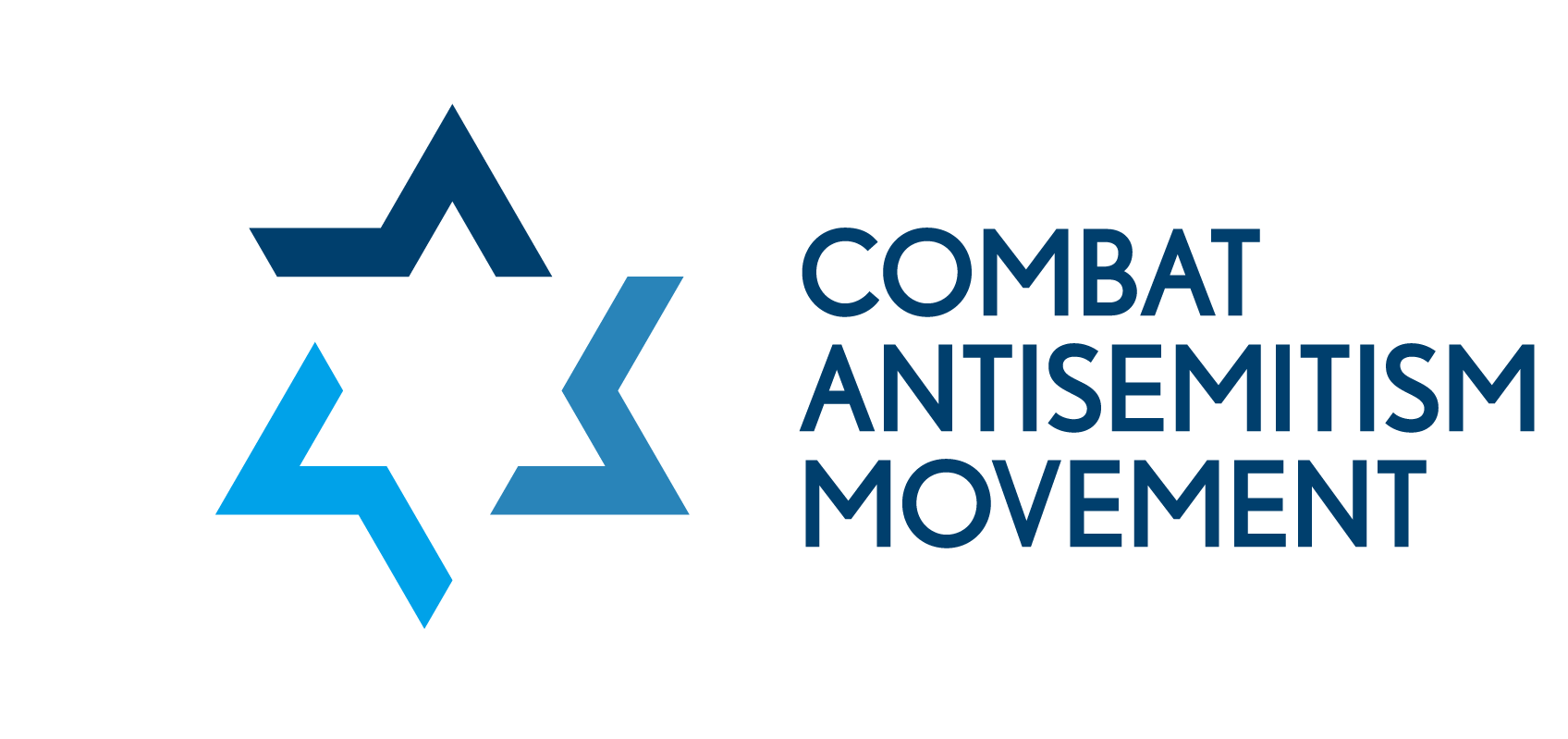For the past two decades, the European Association for the Preservation and Promotion of Jewish Culture and Heritage (AEPJ) has sought to promote interfaith understanding and harmony on the continent by familiarizing Europeans of all backgrounds with Judaism.
AEPJ Director Victor Sorrensen spoke in detail this week with the Combat Antisemitism Movement (CAM) about his organization’s important work.
The conversation follows below:
What is the mission of the European Association for the Preservation and Promotion of Jewish Culture and Heritage (AEPJ)?
The European Association for the Preservation and Promotion of Jewish Culture and Heritage (AEPJ), an NGO created in 2004, is a network of European institutions — including public bodies, private foundations, federations of Jewish communities, and NGOs — that serves as a platform to develop cultural initiatives and educational programs to European Jewish sites. The AEPJ network acts as a channel for intercultural dialogue and promoting better knowledge and understanding of European history, creating awareness of cultural diversity, and strengthening European citizens’ cultural identity.
The AEPJ serves as an organizational umbrella to welcome, promote, train, and help develop unique Jewish cultural and heritage projects of excellence around Europe. A community, a network and a meeting point of professionals working in the field of Jewish heritage. The AEPJ helps organizations develop their programs, offers training in the field of Jewish cultural tourism and exchange of good practices, and promotes the development of transnational programs.
With a heritage approach in line with the Council of Europe, with its integrated and cross-disciplinary approach to cultural heritage and diversity, the AEPJ promotes fundamental European values of human rights, cultural diversity, and intercultural dialogue seeking to bring the Jewish heritage closer to all European citizens, involving them in the production, circulation, and conservation of Jewish culture and heritage.
To this end, we develop two main programs, the European Jewish Heritage Route, certified by the Council of Europe, and the European Days of Jewish Culture, in addition to other initiatives and programs.
Tell us about the European Days of Jewish Culture, and why they are such an important initiative in the fight against antisemitic prejudice.
The European Days of Jewish Culture is an initiative that was born 22 years ago as a Franco-German cooperation in the Alsace-Lorraine region, with the aim of opening Jewish heritage sites, both active and disused, to the public in order to bring them closer to the local population and to make them understand that they are an integral part of their local history.
Over time, the project has grown and spread throughout Europe, broadening the range of activities beyond the opening of heritage sites to the public. All kinds of institutions are involved, from Jewish communities to public bodies, museums, NGOs, cultural and research centers, as well as private institutions, forming an open and inclusive network. All European regions participate, and it is very important for us to have the opportunity to work with all of them, establishing a dialogue between Jewish and non-Jewish entities, north and south, east and west.
On our side we try not only to coordinate this festival, but also to create frameworks for participation and decision-making between the institutions. We want to be more than a network of European institutions working together, we want to be a community of heritage and cultural practitioners sharing visions and reflecting together on the planning of this initiative, as well as on the role of Jewish culture and heritage in Europe today.
In this sense, we strongly believe in the positive impact of this initiative, especially for non-Jewish audiences, in the fight against antisemitism. As the first EU strategy on combating antisemitism and fostering Jewish life approved in 2021 has shown, culture and heritage play a fundamental role in becoming an entry point for public understandings of the past but also, the continuities and evolution of Jewishness as still articulated in the present, empowering the Jewish community itself.
We start from a premise. It is very difficult to love something you do not know. The European Days of Jewish Culture, with a network of over 100 institutions and more than 1,500 activities proposed per year, bring Jewish culture and history closer to local audiences.

How can city governments participate in the European Days of Jewish Culture?
All European cities are invited to participate, either directly or by offering support to already participating Jewish cultural institutions in their city. All they have to do is contact us, and we will be happy to guide them through the process and connect them with the participating institutions. Moreover, it is an open and free festival, so there would be no cost for them to take part.
The guiding theme of the European Days of Jewish Culture this year is “Memory.” What was the thinking behind this choice?
The choice of the central theme of the European Days of Jewish Culture is the result of a participatory process with the coordinators. It is very important for us to create this kind of decision-making process, as it allows us to understand different sensitivities, interests and needs. On this occasion, I think the theme of memory is an important success, as it allows us to explore the subject with very diverse artistic and cultural expressions, but above all, because it will put the focus on the communities, on the people. It is a very ambitious theme, since Jewish tradition is from its origins the tradition of memory par excellence. The Torah, the bible, is the book of remembrance; 169 times it repeats the word “Remember.”
The mandate of remembrance and its fulfilment in the Jewish tradition include the questions of what to remember, but also, how, and the channels and the relationships it engenders. Relations between Jews and their own past, between the history of this memory and the writing of history, and between this and the place of the historian.
We have just finished the meeting of coordinators of the European Days of Jewish Culture at the Shoah Memorial in Paris, with 90 participants from 25 European countries, and we have spent two whole days reflecting, discussing, and planning the role of memory, and I can tell you that it is endless. From what was discussed at the meeting and the ideas that emerged, I am sure that we are looking at a historic edition of the festival.
Finally, in addition to the cooperation agreement with the National Library of Israel, which has been working with us for years, offering all kinds of resources and materials related to the central theme, this year we also have the support of the European Union, through the CERV (Citizens, Equality, Rights and Values) program, which will allow us to have more operational capacity in the planning and implementation phases of the festival.

What other projects is the AEPJ involved in across Europe?
In addition to the European Days of Jewish Culture, our second flagship project is the European Days of Jewish Culture. The European Routes of Jewish Heritage is a project that invites you to travel and to discover the rich and diverse Jewish heritage of Europe, by bringing people and places together in networks of shared history and heritage, providing a wealth of leisure and educational activities for all citizens across Europe, while being a key resource for responsible tourism and sustainable development.
The certification “Cultural Route of the Council of Europe,” which was awarded to AEPJ in 2004, is a guarantee of excellence. The network implements innovative activities and projects pertaining to five main priority fields of action: cooperation in research and development; enhancement of memory, history and European heritage; cultural and educational exchanges for young Europeans; contemporary cultural and artistic practice; cultural tourism and sustainable cultural development.
On the other hand, we also carry out initiatives and programs through European funding programs, such as Creative Europe, Erasmus+, or CERV, either as partners or coordinating the project directly. In this regard, I would first highlight the NOA (Networks Overcoming Antisemitism) project, that offers a pioneering approach to tackle the problem of rising antisemitism in Europe. With its unique partnership of major Jewish networks, it evaluates EU member states’ policies across areas, from education to culture and security, and helps them to develop holistic national action plans to address and prevent antisemitism.
On the other hand, the project “Parallel Traces: A New Lens on Jewish Heritage” is a cross-cutting, collaborative, pan-European project that offers a renewed look at the significance of Jewish heritage today. By unearthing the traces of the Jewish cultural heritage in urban architecture and planning in Europe, it offers an original and rigorous perspective on the past, present, and future of European Jewish history, and encourages mutual understanding and respect amongst different cultures and modes of artistic expression.
For more information on the AEPJ and its activities, please visit: jewisheritage.org











